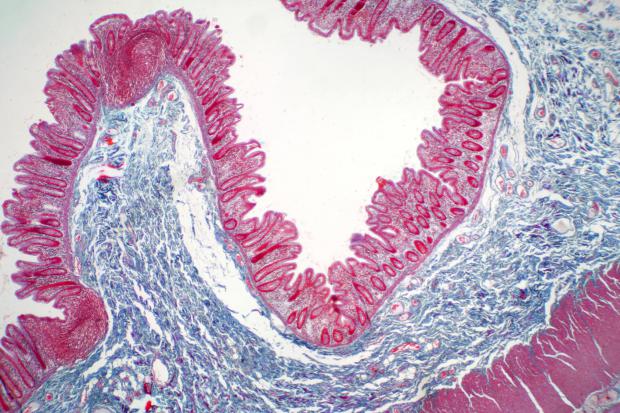
Breaking News
 Top news analysis, Green Tea miracles and a new interview with Col. Douglas Macgregor...
Top news analysis, Green Tea miracles and a new interview with Col. Douglas Macgregor...
 Cayenne pepper: The fiery superfood with a healing kick
Cayenne pepper: The fiery superfood with a healing kick
 Walmart Heiress Opens Medical School with a Focus on Preventative Medicine
Walmart Heiress Opens Medical School with a Focus on Preventative Medicine
 Not all probiotics are created equal – some help gut recovery, others harm
Not all probiotics are created equal – some help gut recovery, others harm
Top Tech News
 NASA's X-59 'quiet' supersonic jet rolls out for its 1st test drive (video)
NASA's X-59 'quiet' supersonic jet rolls out for its 1st test drive (video)
 Hypersonic SABRE engine reignited in Invictus Mach 5 spaceplane
Hypersonic SABRE engine reignited in Invictus Mach 5 spaceplane
 "World's most power dense" electric motor obliterates the field
"World's most power dense" electric motor obliterates the field
 The Wearables Trap: How the Government Plans to Monitor, Score, and Control You
The Wearables Trap: How the Government Plans to Monitor, Score, and Control You
 The Streetwing: a flying car for true adventure seekers
The Streetwing: a flying car for true adventure seekers
Magic mushrooms may hold the secret to longevity: Psilocybin extends lifespan by 57%...
 Unitree G1 vs Boston Dynamics Atlas vs Optimus Gen 2 Robot– Who Wins?
Unitree G1 vs Boston Dynamics Atlas vs Optimus Gen 2 Robot– Who Wins?
 LFP Battery Fire Safety: What You NEED to Know
LFP Battery Fire Safety: What You NEED to Know
 Final Summer Solar Panel Test: Bifacial Optimization. Save Money w/ These Results!
Final Summer Solar Panel Test: Bifacial Optimization. Save Money w/ These Results!
 MEDICAL MIRACLE IN JAPAN: Paralyzed Man Stands Again After Revolutionary Stem Cell Treatment!
MEDICAL MIRACLE IN JAPAN: Paralyzed Man Stands Again After Revolutionary Stem Cell Treatment!
Gut cells drive self-renewal by communicating like brain cells

Our intestinal lining, or epithelium, rapidly and continually renews itself, replacing its entire cell population every four to five days. Stem cells, which live in tube-like "crypts" deep in the gut lining, are vital to the renewal process, dividing and differentiating into different cell types that replace old cells.
New research by Duke-NUS Medical School and Nanyang Technological University, Singapore (NTU Singapore), has uncovered an unexpected – and precise – communication system that exists in the gut, similar to the way neurons signal one another in the brain.
"Sometimes, when you study the basics closely, you uncover something transformative," said principal research scientist Dr Gediminas Greicius, from Duke-NUS' Cancer and Stem Cell Biology (CSCB) Program and the lead and corresponding author of the study. "This system of targeted signaling was hiding in plain sight, and now that we see it, it reshapes our understanding of the biology of stem cells in the gut."
It comes down to Wnts, signaling molecules that help control the behavior of intestinal stem cells located in the crypts of the intestine. Actually, they're located within a "niche" within a crypt, a highly regulated microenvironment that supports and regulates their behavior. When Wnt signaling is activated, it promotes the growth and division of these stem cells. Wnt signals help maintain a balance between stem cell self-renewal (keeping enough stem cells in the crypts) and differentiation (turning some stem cells into specialized cells that make up the lining of the intestine).
Initially, it was thought that Wnts simply diffused through the tissue, eventually reaching their stem cell targets. However, the present study overturned that hypothesis.
"We discovered that these signals aren't just drifting through tissue," said co-corresponding author Professor David Virshup, a cancer biologist and the Director of the CSCB. "They're being delivered with surprising precision from the niche to the stem cells by specialized cells or telocytes – changing the way we think about cellular communication in the gut, similar to how neurons pass signals to one another in the brain."



